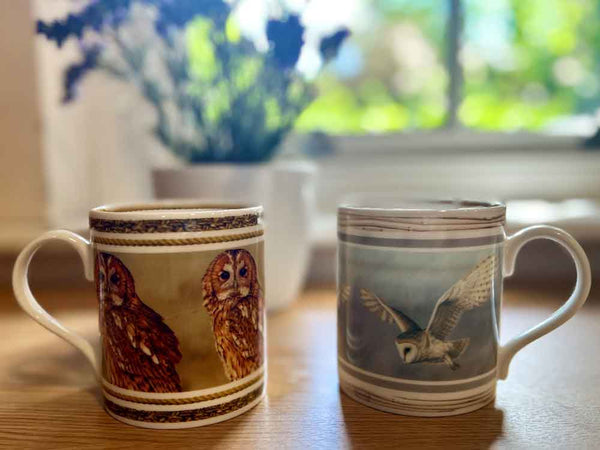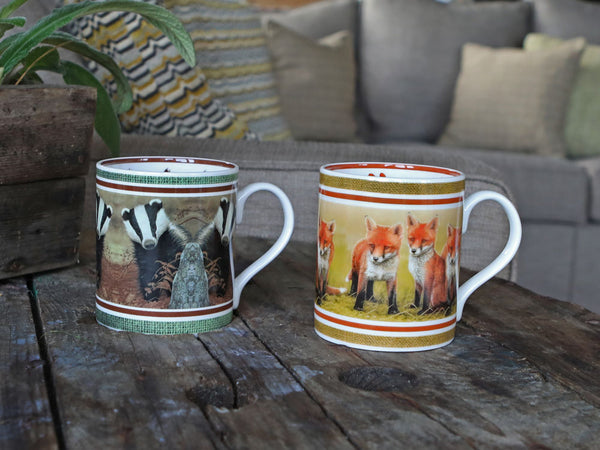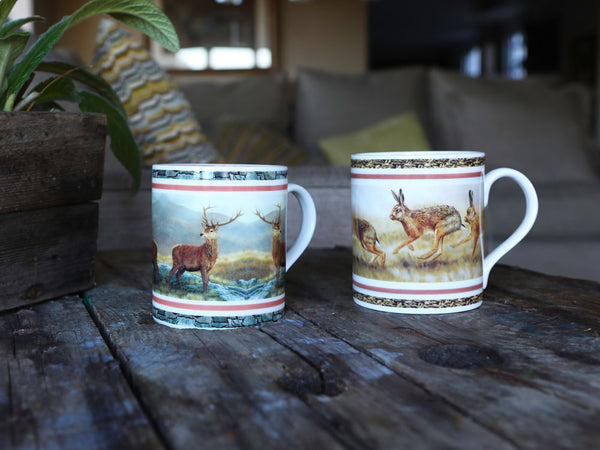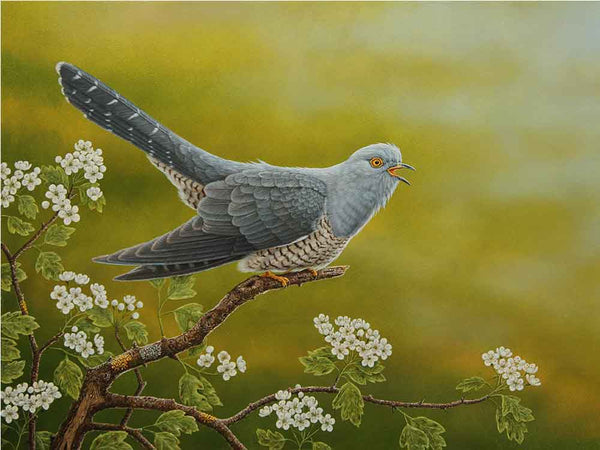Kestrels Apollo & Athena become the perfect parenting team as they overcome a series of challenges to raise five chicks.
Apollo & Athena
After a rocky first year, in which this kestrel couple's relationship was clearly strained, the male Apollo now knows just how to appease his older, more dominant mate, Athena. Watch him shower her in gifts as their courtship develops. Kestrel courtship rituals begin with the male securing a site and 'presenting' it to the female for her approval. But when Apollo chooses Ash Hollow, the nest box I built especially for this couple in Ash Wood, he finds he has to fight off competitors, including jackdaws, a buzzard, and once even a stoat! On April 1st Athena lays her first egg and then lays a further five - producing one roughly every two days.
Relationship strain
But the strain of egg-laying means Athena occasionally lashes out. Watch poor Apollo climb the walls to get out of her way.But the couple learn to come together when jackdaws attack. Watch them fight as a team to see them off.
Chicks hatch
35 days after it was laid, the first chick hatches. It’s covered in white downy feathers and it’s eyes are closed. Then, four hours later, the second emerges and Apollo arrives to inspect his new offspring. The two older chicks eyes are already open at less than 12 hours old, the 5th hatches the next day but it is a full two days before the sixth and final chick hatches.
Apollo hunts
Apollo must now work hard to feed his family. But the drought means there is little food about and Athena steps in to help. It soon becomes clear that food is scarce and when Athena returns from hunting episodes with just a few worms I grow worried. The youngest chick is a lot smaller than the others …and eventually I decide to intervene but I cannot save it. The remaining chicks grow increasingly competitive and mealtimes become ferocious as they fight over food. Often there is a tug-of-war.
Ringing
Before their first flights, Jean Thorpe of Ryedale Rehabilitation, a licensed British Trust for Ornithology bird ringer, places ID rings, or tags, on their legs. This will ensure these birds can be identified if they're found in the future. The kestrels are also weighed and their weights, 270g, 225g, 300g, 255g, 260g and a little one at 215g, are recorded. At 33 days old the first chick fledges the nest, followed one by one and over the course of two days by all four of its siblings.
They remain close to the nest for another month where Apollo & Athena continue to feel them. I to, help this incredible kestrel family out by leaving food. It's amazing to see a new generation of kestrels thrive.
























